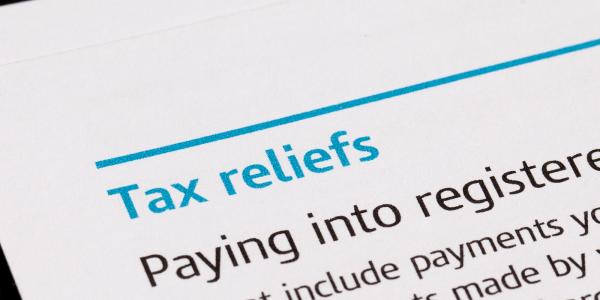Pension tax relief: problems for low earners
Due to the way tax relief is given for employees paying into net pay arrangement pension schemes, some low earners currently do not receive the same tax relief as those who pay into a relief at source pension scheme. Here we look at the problem and also tell you how the rules are changing in the future to fix it.

Content on this page:
Introduction
If you are a low earner (that is, if you earn below or only just above the personal allowance – £12,570 in 2024/25) paying into a pension scheme via your employer, you may wish to check which type of pension scheme you are in. We explain the different types of scheme and the relief that is given in each, on our page How tax relief is given on pension contributions. Low earners who contribute under a net pay arrangement have, up until the current tax year, been at a disadvantage.
The problem – tax years up to and including 2023/24
If you are in a relief at source arrangement, the pension provider claims 20p tax relief back from HMRC for every 80p of your contribution received – no matter what the level of your earnings. This is subject to the basic rules in relation to who can get tax relief, which we explain on our page Tax relief on pension contributions.
If you are in a net pay arrangement, you have not previously been able to get any tax relief if your income (before deducting the pension contributions) was below the personal allowance of £12,570. If your income was just over the personal allowance, but your pension contributions bring you below the personal allowance, you would only get partial relief.
Changes from the 2024/25 tax year
Following campaigning from LITRG and other organisations, the government agreed to tackle the unfairness faced by low earners in net pay arrangement pension schemes.
New rules will come into effect from the 2024/25 tax year onwards which will help to put net pay contributors in a similar position to those paying in via relief at source.
The rules are broadly as follows:
- People who pay into net pay arrangements with total employment income (after deducting the pension contributions) of less than the personal allowance will be identified by HMRC following the end of the tax year (so after 5 April 2025 for the 2024/25 tax year).
- Those identified by HMRC will be entitled to a ‘top up payment’ equal to the tax relief they would have received in their pension pot if they had been under a relief at source scheme. This would be calculated as 20% of the gross pension contribution for the year.
- There will be a restriction to the top up payment if you are already getting some measure of tax relief on your contribution. This means that if your income is above the personal allowance before deducting the pension contribution, but is below the personal allowance after the contribution is deducted, you will get a partial top up payment. This will ensure you do not receive excessive relief via the top up payment.
- The payment will be automatically calculated and communicated to the individual by HMRC.
- The individual will be invited to supply their bank details to HMRC so that the top up payment can be made. This payment is yours to do what you want with, it does not need to be paid back into to your pension scheme.
- In future years the payment will then be made automatically.



